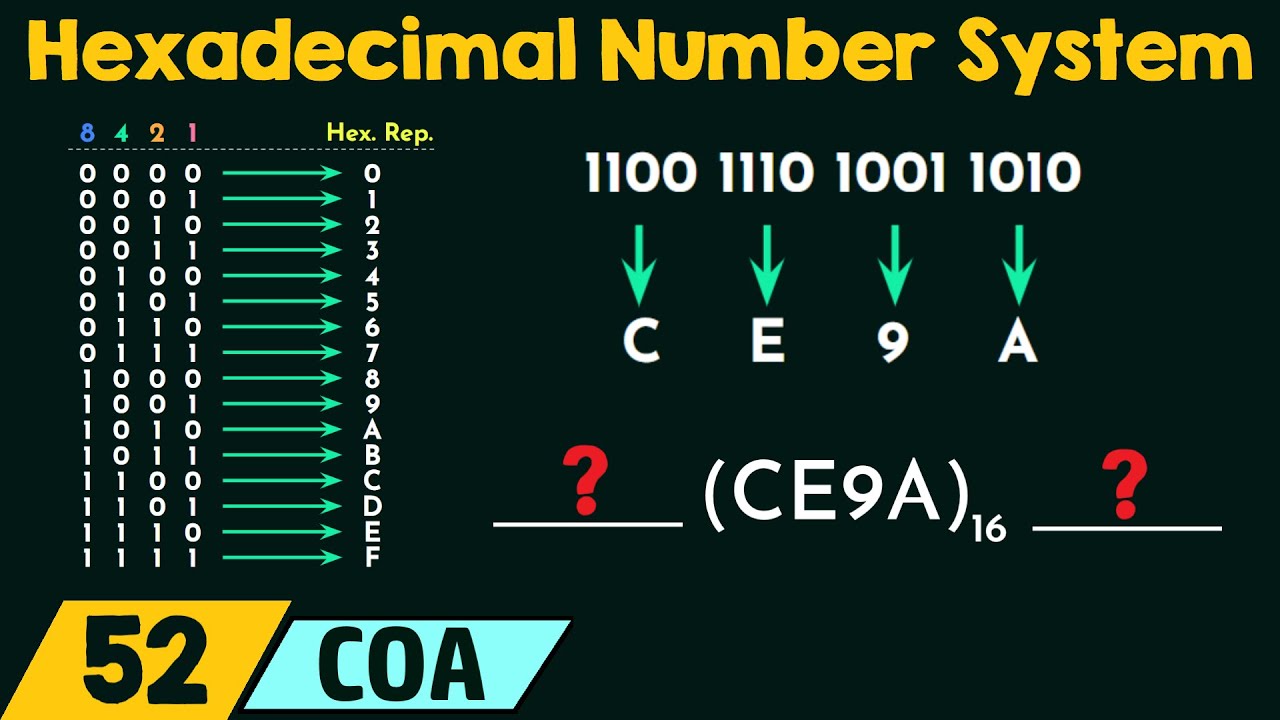Contents
Unlocking the secrets of the hexadecimal system is like delving into an enigmatic realm. Still, with some understanding and guidance, it becomes an accessible tool for numerous applications. From computer programming to digital, hexadecimal notation plays a pivotal role. Additionally, tools like a hexadecimal to text converter further simplify its application. This article unravels the mysteries of hexadecimal, clarifying its significance, functionality, and practical uses.
Understanding Hexadecimal: A Primer
Hexadecimal, often called “hex,” represents a base-16 numbering system. Unlike the familiar base-10 (decimal) system, which utilizes digits from 0 to 9, hex incorporates digits from 0 to 9 and letters from A to F to represent values greater than 9. This expansion of symbols allows this numbering system to represent more significant numbers with fewer digits efficiently
In this system, each digit’s value corresponds to powers of 16, similar to how decimal digits represent powers of 10. For instance, the number 2A3 represents (2 × 16^2) + (10 × 16^1) + (3 × 16^0) in decimal, which equals 675.
Hexadecimal in Computing
One of the primary domains where hex shines is computing. In computer science, this numbering system often represents memory addresses, binary data, and color values. Binary, the fundamental language of computers, relies on sequences of 0s and 1s. Hexadecimal provides a concise and human-readable alternative to binary, facilitating easier comprehension and manipulation of binary data. For example, the binary number 1101 0110 can be represented as D6 in hexadecimal.
Additionally, memory addresses in computer systems are commonly expressed in hexadecimal. This allows programmers and system administrators to efficiently work with memory allocations and addresses, especially in low-level programming tasks.
This numbering system is also prevalent in web development and digital design. Color values in web design, specified using the RGB (Red, Green, Blue) format, often use hexadecimal notation. Each pair of hex digits represents the intensity of one of the primary colors, offering a broad spectrum of color possibilities with a compact representation.
Hexadecimal and Cryptography
Cryptography, the art of secure communication, heavily relies on hex representation for encoding and decoding sensitive information. This numbering system is a convenient intermediary for converting binary data into a more manageable and readable format, making cryptographic algorithms more accessible to developers and analysts.
In cryptographic protocols, such as SSL/TLS, for secure communication over the internet, hexadecimal encoding facilitates the exchange of cryptographic keys and digital certificates. These keys, crucial for encrypting and decrypting data, are often represented in hexadecimal to simplify transmission and verification processes.
Hexadecimal plays a crucial role in cryptographic hashing algorithms, which convert data into a fixed-size string of characters. Hash values, typically represented in a hex system, serve as unique identifiers for digital signatures, password verification, and data integrity checks.
Practical Applications
Beyond computing and cryptography, hexadecimal finds application in diverse fields. In telecommunications, this numbering system aids in configuring network devices, assigning IP addresses, and troubleshooting communication issues. Engineers and technicians frequently use hex when working with device firmware and configuration settings.
Hexadecimal is indispensable in the gaming industry. It represents character attributes, item IDs, and other game data. Game developers leverage this system to streamline data storage and processing, optimizing game performance and user experience.
It is instrumental in data analysis and forensics, where it helps decipher encoded messages, analyze file structures, and uncover digital evidence. Forensic analysts rely on hexadecimal representation to interpret raw data dumps and extract valuable information from digital devices.
With its elegant representation and versatile applications, Hexadecimal is a cornerstone of modern computing and cryptography. Understanding hexadecimal unlocks many opportunities in programming, digital design, telecommunications, cryptography, and beyond. Utilizing tools such as a hexadecimal to text converter enhances its practicality. By mastering hexadecimal notation, one can confidently and easily navigate the complexities of the digital world, unveiling its mysteries one hex digit at a time.


